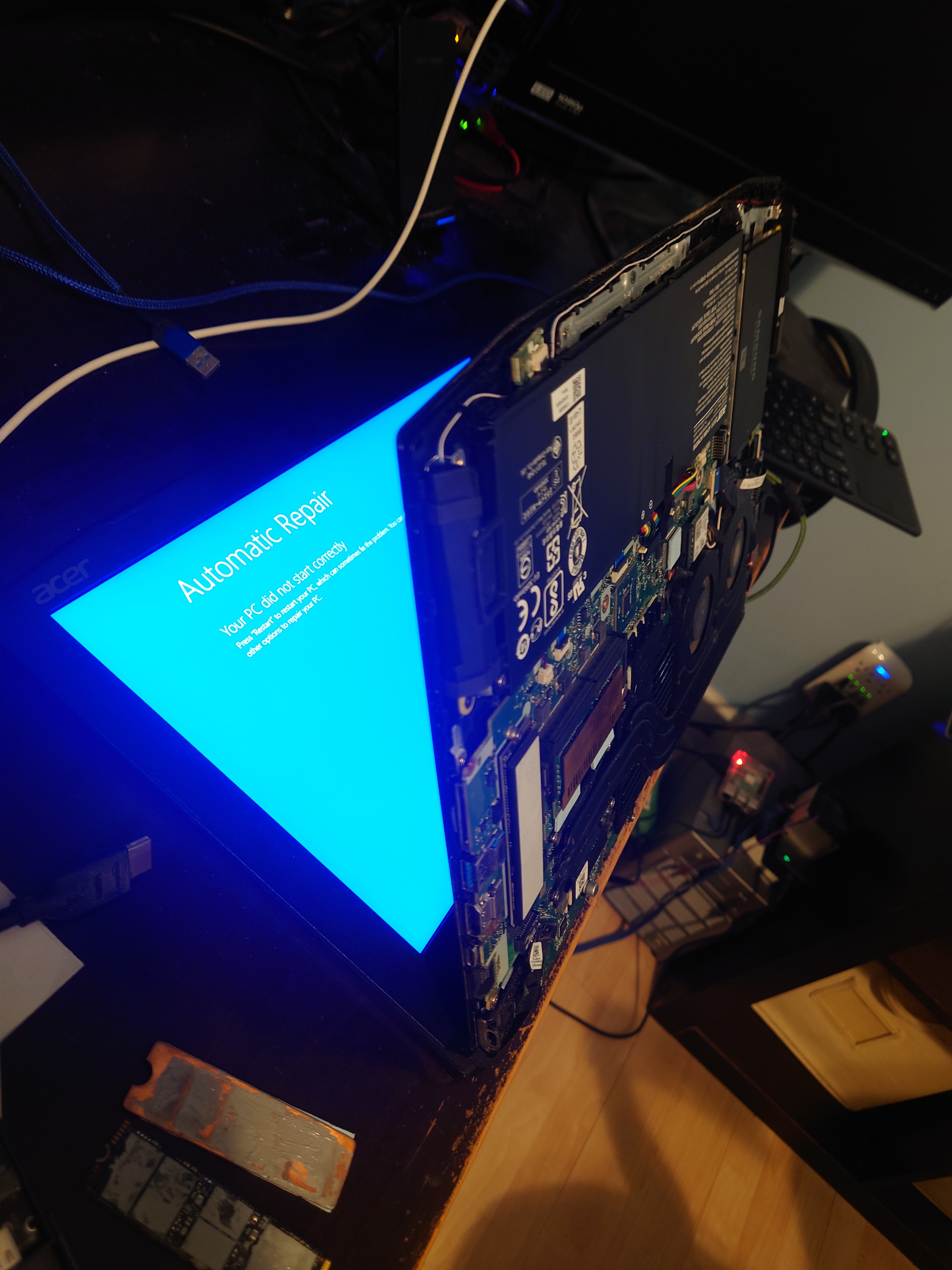this post was submitted on 04 Aug 2024
50 points (100.0% liked)
techsupport
2799 readers
24 users here now
The Lemmy community will help you with your tech problems and questions about anything here. Do not be shy, we will try to help you.
If something works or if you find a solution to your problem let us know it will be greatly apreciated.
Rules: instance rules + stay on topic
Partnered communities:
founded 2 years ago
MODERATORS
you are viewing a single comment's thread
view the rest of the comments
view the rest of the comments

If you can, I recommend taking a full image of the old device and dumping it onto the new one (since the new one is bigger, this should work just fine. This will preserve all filesystem IDs and partition table quirks that may be triggering windows to repair itself.
You can do this with a command like:
dd if=/dev/sda of=/path/to/full_image.dat
Where /dev/sda is your old disk (may be sdb or sdc, use blkid to find out)
Then do the opposite on the new drive
dd if=/path/to/full_image.dat of=/dev/sdb
Where /dev/sdb is your new drive (may have a different letter)
If you can plug th both in to the same machine, you can copy the image directly
dd if=/dev/sda of=/dev/sdb
There are other dd params that may make the copy faster, but they don't change the result. Note that dd is silent when working, but you can send signal USR1 to get progress
Ctrl-z to interrupt dd bg To continue the dd job in the background kill -s USR1 $(pgrep dd) to get a progress message